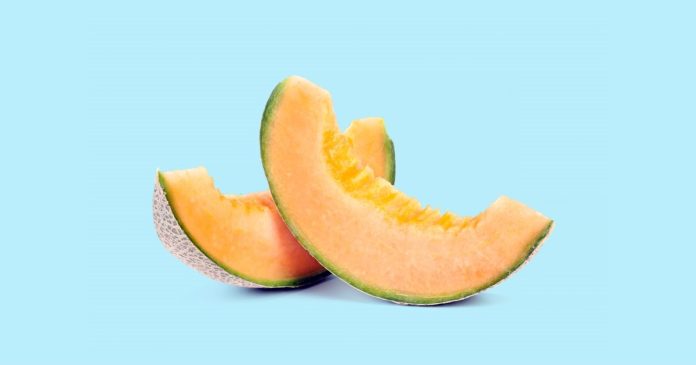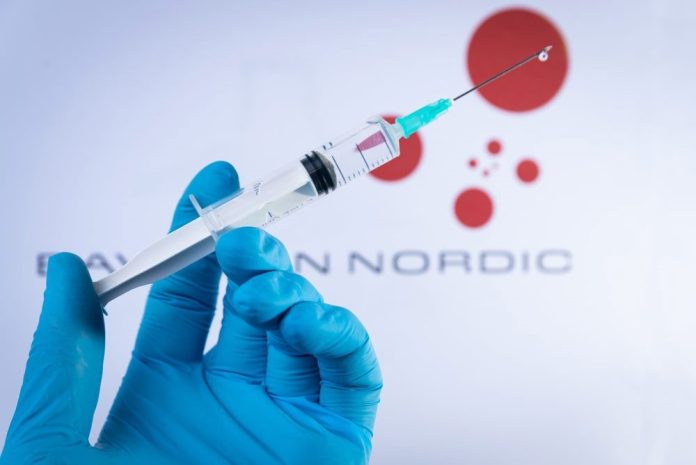9 Fruits With the Most Vitamin A, According to Dietitians
Vitamin A is important for healthy vision, a strong immune system and reproductive health. These fruits contain the most vitamin A.
Fruits that come with an orange, yellow or red color are usually advertising they’re full of vitamin A, a nutrient the whole body uses to stay healthy.
Vitamin A is an antioxidant that fights inflammation and plays a “huge role” in eye health, says registered dietitian Natalie Rizzo, nutrition editor for TODAY.
It’s involved in cellular health, immune function and reproduction, she notes. Vitamin A also helps the heart, lungs and other organs work properly, according to the National Institutes of Health.
“Most people get plenty of vitamin A, and rarely anyone is deficient,” Rizzo says.
“(But) if you are looking for vitamin A, then yellow and orange fruits are the way to go.”
The fat-soluble nutrient is better absorbed by the body when it’s found in fish or beef liver. But ultimately, it doesn’t matter whether you get preformed vitamin A in animal products or beta carotene in plants (which the body converts to vitamin A) since most people get enough regardless of how much or little meat they eat, Rizzo says.
Vitamin A made news this year after the Centers for Disease Control and Prevention suggested it could be part of “supportive care” for the measles, a highly contagious disease that’s been spreading in Texas and other states.
Experts told NBC News vitamin A isn’t effective for preventing measles and is never an alternative to vaccination, but there’s little harm in giving it at appropriate doses.
The recommended daily amount of vitamin A is measured in retinol activity equivalents (RAE). Men need 900 micrograms of RAE per day, while women need 700. Pregnant and breastfeeding women need more. The upper limit for adults is 3,000.
To put that in context, a cup of cantaloupe contains 270 micrograms of RAE.
Too much vitamin A can be toxic, with symptoms that include blurred vision, dizziness, loss of appetite, bone pain and liver damage. This happens if people chronically consume 8,000 micrograms of RAE or more per day, according to the National Library of Medicine.
“It’s more of a (vitamin A) supplement concern,” Rizzo says. “Some vegetables, like sweet potatoes, have a lot of vitamin A, but most fruits have 15% the daily value or less. Even if you ate 10 servings of fruit, you would still only be slightly over the daily value.”
Very rarely, people who regularly eat many servings of foods high in beta-carotene can develop yellow-orange skin known as carotenemia. This is not permanent or dangerous, Rizzo notes.
Here are nine fruits highest in vitamin A:
Pumpkin
- 1 cup of raw pumpkin, 494 micrograms RAE of vitamin A
A perfect example of a vibrantly orange fruit, pumpkin is a vitamin A superstar. It’s also a great source of vitamin C and comes with lots of fiber.
Subtly sweet, pumpkin is a good source of potassium, a mineral that regulates blood pressure and contributes to heart health, Rizzo says.
Skip the pie crust and try incorporating pumpkin into muffins and pancakes. You can also use canned pumpkin puree to make soups, baked goods, oatmeal and smoothies.
Cantaloupe
- 1 cup of raw cantaloupe, 270 micrograms RAE of vitamin A
Sweet and juicy, cantaloupe is a hydrating summer treat. It contains lutein and zeaxanthin, nutrients that support healthy vision.
Cantaloupe also makes the list of fruits with the most vitamin C, which is important for a healthy immune system.
Apricot
- 1 cup of raw apricots, 158 micrograms RAE of vitamin A
- ¼ cup of dried apricots, 58 micrograms RAE of vitamin A
Apricots are a nutrient powerhouse. They’re rich in potassium, an electrolyte that plays a role in hydration and fluid regulation in the body. It’s also a factor in healthy blood pressure.
Dried apricots are a satisfying snack-on-the go and are also among fruits with the most protein, calcium and iron.
Mango
- 1 cup of raw mango, 89 micrograms RAE of vitamin A
Mango is high in soluble fiber, which forms a gel in the digestive tract. That contributes to regular bowel movements, and helps people feel full longer, which can prevent overeating and help with weight loss, Sarah Rivenburgh, a registered dietitian at OhioHealth, previously told TODAY.com.
Enjoy eating it fresh on its own or added to a yogurt parfait.
Papaya
- 1 cup of raw papaya, 68 micrograms RAE of vitamin A
The tropical fruit has a vibrant yellow or orange flesh that has a milky texture perfect for smoothies.
High in fiber and potassium, papaya has so many potential health benefits that it’s been called the “fruit of long life.”
Plantain
- 1 cup of baked yellow plantain, 62 micrograms RAE of vitamin A
Part of the same family as bananas, plantains are larger and starchier, so they’re usually eaten baked or fried. Like bananas, they contain lots of potassium and are a good source of fiber.
Guava
- 1 cup of raw guava, 51 micrograms RAE of vitamin A
If you’re not into citrus, guava is among fruits with more vitamin C than an orange.
Guava also provides a bit of vitamin B9, or folate, “which is a big one,” Grace Derocha, registered dietitian and spokesperson for the Academy of Nutrition and Dietetics, previously told TODAY.com. That’s because it can sometimes be challenging to get enough B vitamins from non-meat sources, she noted.
Watermelon
- 1 cup of raw watermelon, 42 micrograms RAE of vitamin A
Made up of up to 92% water, this fruit lives up to its name and has the power to perfectly hydrate the body on a hot summer day.
Watermelon also contains more lycopene — a natural red pigment found in plants that’s also an anti-inflammatory antioxidant — than any other fruit or vegetable, Rizzo notes.
Lycopene may reduce blood pressure and protect the skin from harmful ultraviolet light.
Peach
- 1 cup of raw yellow peaches, 37 micrograms RAE of vitamin A
Famous for their sweet flesh surrounded by fuzzy skin, peaches contain more fiber, vitamin C and potassium than other stone fruits, like plums or cherries, Derocha previously told TODAY.
They’re perfect when eaten fresh on their own, sliced and paired with yogurt or added to salads.











